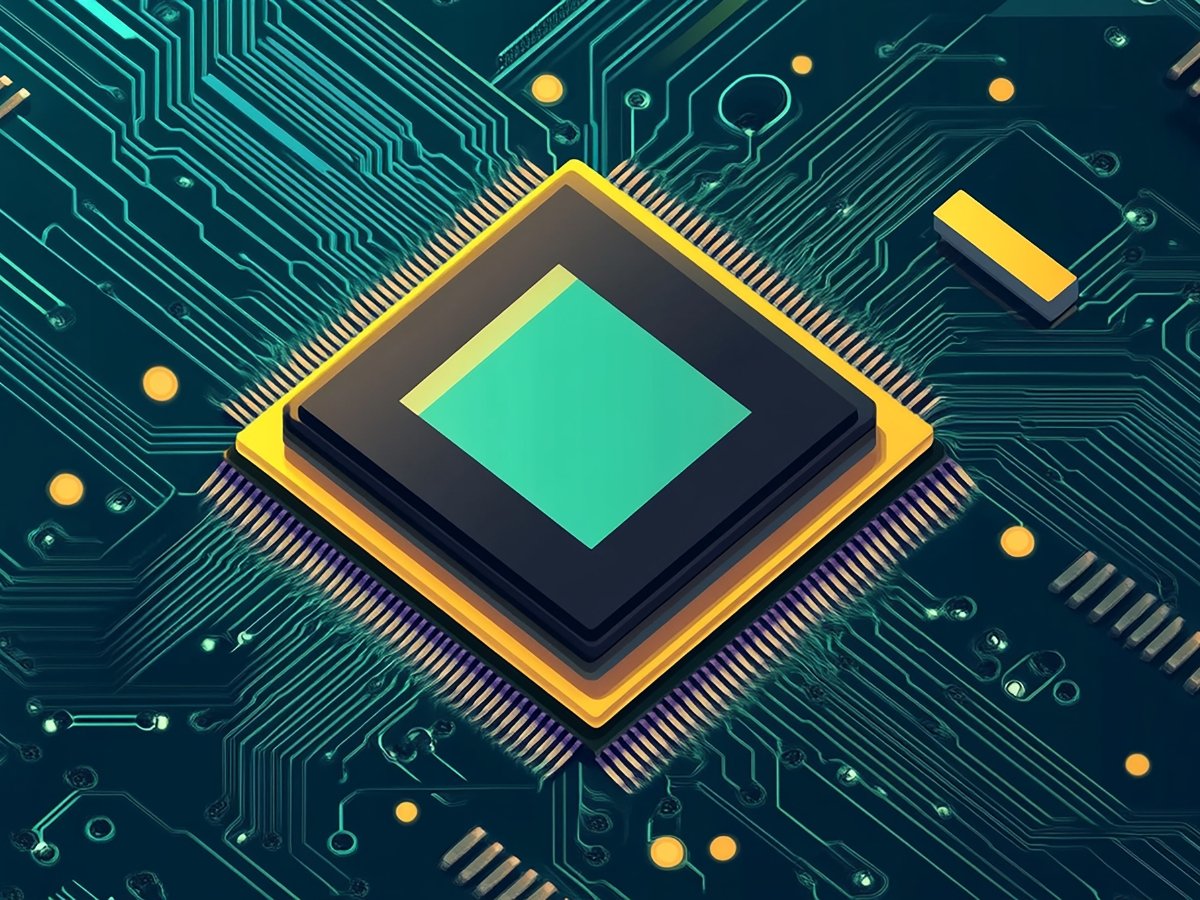The tech industry is undergoing a major shift—and embedded engineers are at the center of it. With the rapid rise of the semiconductor industry, many embedded professionals are transitioning into VLSI (Very-Large-Scale Integration) roles for better growth, core hardware opportunities, and higher pay.
According to recent reports, India alone is expected to require over 250,000 skilled VLSI engineers in the coming years due to large-scale investments in chip design and manufacturing. This has created a talent gap that embedded engineers are well-positioned to fill.
In this blog, we’ll explore why this transition is happening, the benefits of switching to VLSI, and how you can make the leap successfully—even if you have zero chip design experience.
Why Embedded Engineers Are Moving to VLSI
1. Explosive Growth in the Semiconductor Industry
According to recent government reports, India’s semiconductor market is projected to reach $63 billion by 2026, creating massive demand for VLSI professionals in chip design, verification, and testing.
2. Better Salaries & Global Opportunities
VLSI engineers are among the highest-paid tech professionals. While embedded roles offer ₹4–8 LPA for early careers, VLSI jobs often start at ₹6–12 LPA, with global firms offering even more.
3. Overlapping Skill Sets
Embedded engineers already understand hardware, microcontrollers, and low-level programming. With the right training, transitioning into RTL design, STA, or verification becomes easier and faster.
4. More Core Product Development Roles
Unlike embedded jobs that often revolve around firmware or system integration, VLSI roles focus on actual chip design, offering engineers the chance to work at the heart of innovation.
Embedded Systems vs VLSI – Key Differences
| Feature | Embedded Systems | VLSI (Chip Design) |
|---|---|---|
| Programming | C, C++, Python | Verilog, SystemVerilog, VHDL |
| Hardware Focus | Microcontrollers, SoCs | ASICs, FPGAs, custom chips |
| Career Path | Firmware, device drivers | RTL Design, STA, DFT, Verification |
| Salary Potential | ₹4–10 LPA | ₹6–20+ LPA |
| Tools Used | STM32Cube, Arduino, Keil | Synopsys, Cadence, Mentor Graphics |
How Embedded Engineers Can Successfully Transition into VLSI
If you’re coming from an embedded background, here’s how to shift into VLSI in 4 clear steps:
1. Strengthen Your Digital Design Basics
Refresh your knowledge of combinational & sequential circuits, timing diagrams, and finite state machines—these form the core of RTL design.
2. Learn Hardware Description Languages (HDLs)
Start with Verilog or VHDL. These languages are essential for modeling and simulating digital circuits.
3. Understand the VLSI Design Flow
Get familiar with the complete ASIC/FPGA design flow:
RTL Design → Synthesis → STA → Physical Design → Verification
4. Gain Hands-On Experience with EDA Tools
Top VLSI companies use tools from Synopsys, Cadence, and Mentor. You’ll need practical exposure to tools like:
- Design Compiler, PrimeTime (for synthesis & STA)
- Virtuoso, Innovus (for analog & layout)
- ModelSim, QuestaSim (for simulation)
How MOSart Labs Helps Embedded Engineers Become VLSI Experts
At MOSart Labs, we offer an IIT Bhubaneswar-certified VLSI PG Diploma Program designed specifically for engineers like you.
Why Our Program Works:
- Live sessions with IIT & industry experts
- Hands-on training with Cadence, Synopsys & real-world projects
- Foundation to advanced-level VLSI topics – tailored for non-VLSI backgrounds
- 100% Placement Support into top semiconductor companies
- Prestigious IIT certification that boosts your hiring chances
Career Opportunities After Transition
Once trained in VLSI, you can apply for roles such as:
- RTL Design Engineer
- FPGA Design Engineer
- Physical Design Engineer
- Verification Engineer (UVM/SystemVerilog)
- DFT Engineer
These roles are available across global firms like Intel, Qualcomm, NXP, Samsung, AMD, and also in fast-growing Indian semiconductor startups.
Final Thoughts
Transitioning from embedded systems to VLSI is not just possible—it’s smart and future-proof.
With your strong hardware background, the right upskilling path, and support from a leading institute like MOSart Labs, you can move into core chip design roles that offer higher salaries, deeper technical work, and global career growth.
- Learn the right tools
- Get certified
- Get placed in top VLSI jobs
Your VLSI journey starts now.



